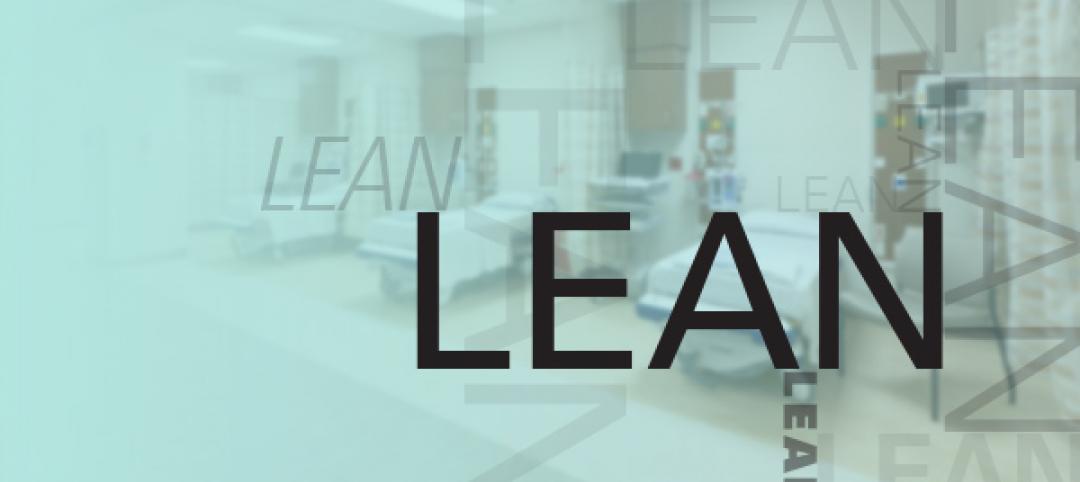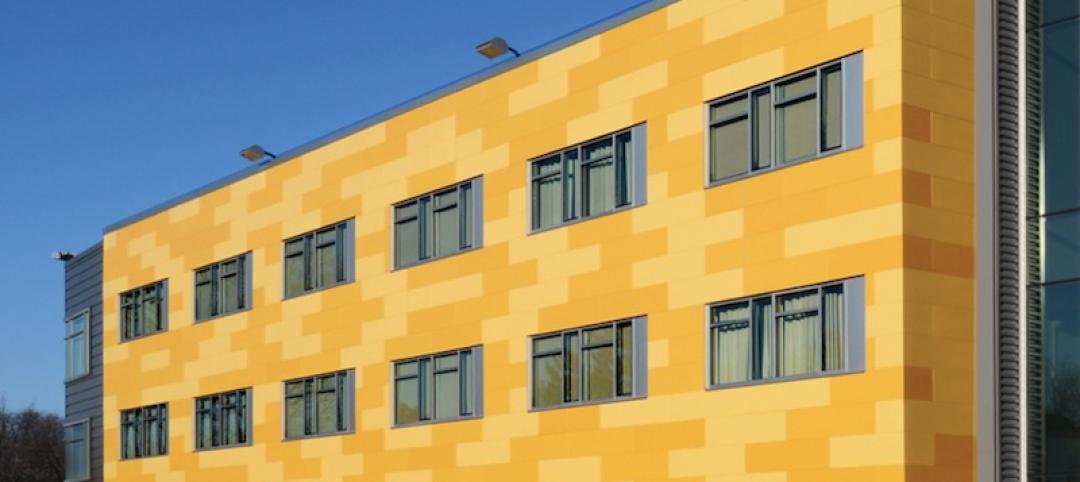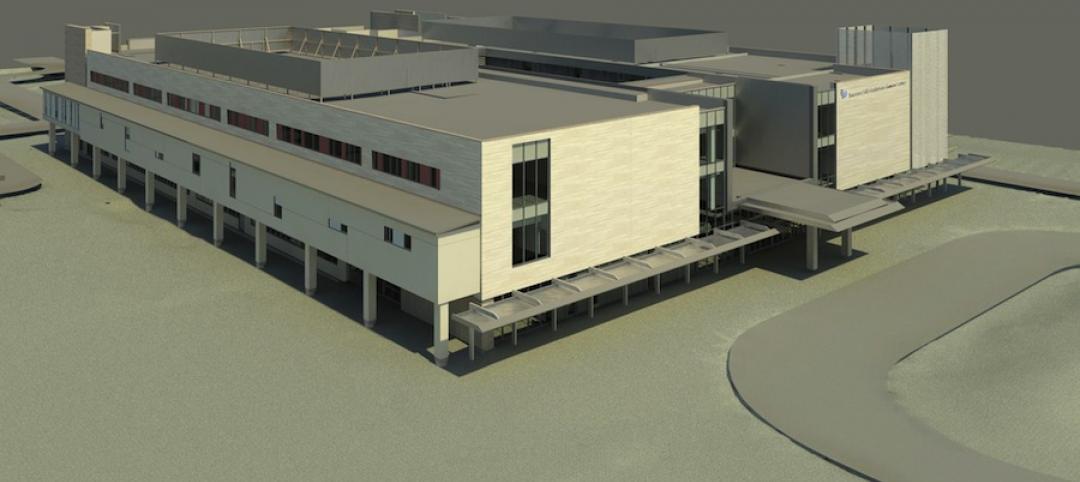Most retail in healthcare discussions today are focused on integrating ambulatory care into traditional retail settings or repurposing retail space for medical office use. Another trend that is not as well noted is the migration of retailers onto acute care campuses.
On-campus medical office buildings (MOB) have traditionally been designed to squeeze as many physicians as possible into a designated space. This approach ensured that physicians were bonded to a particular hospital thus leading to admissions and other “downstream” revenue. To accommodate this model, the design of most MOBs limited public spaces, lobbies, and other amenities.
One notable exception to this rule is Medical City, located in Dallas. Medical City pioneered the concept of ground-floor retail as part of the medical center campus. As you open the door to the “city” you will find a different type of atmosphere; it not only looks like, but also has services of a five star hotel. Twelve retailers are located within the city. You can find everything from shoe shining to flower/gifts to tacos.
“Having Walgreens within the medical office building at Northwestern is extremely convenient for patients, as they can pick up their prescriptions prior to leaving the campus. In addition, there is growing evidence that this convenience increases patient compliance with their drug regimen." —Skender Rugova, Senior Director, CBRE
Although viewed as innovative and highly successful when it first opened in the 1980’s, no other healthcare provider has been able to emulate the success that this concept has achieved.
In the early 1990s, hospitals began decanting outpatient services from the inpatient facilities into on-campus medical office space. This move put new demand on ground floor space for surgery centers, imaging, and urgent care centers. To open up these spaces, hospitals displaced non-admitting physicians and ancillary health professionals.
As health systems now look to more distributive strategies for these services and physicians consolidate their practices, more space is becoming available within existing campus facilities. It is only logical that building owners are beginning to consider other uses to backfill these spaces in ways that benefit both employees and visitors and enhance building revenue.
Some uses are obvious and have a natural affinity for locating in a medical office building. For instance, pharmacies and urgent care centers have a strong desire for first floor space and the possibility for separate access to allow for extended hours.
“Having Walgreens within the medical office building at Northwestern is extremely convenient for patients, as they can pick up their prescriptions prior to leaving the campus," noted Skender Rugova, Senior Director responsible for the facility. "In addition, there is growing evidence that this convenience increases patient compliance with their drug regimen."
But, of equal importance is the question of what opportunities exist for partnering with nontraditional retailers that might be a good fit for a healthcare campus. This was the challenge presented by a healthcare REIT to its leasing team.
As this was outside the mainstream of medical office leasing, a team that included the owner, a healthcare and life science expert, and a retail specialist were convened to create a list of prospective non-physician tenants for an on-campus medical office buildings.
ADDING RETAIL TO THE MIX
With a focus on businesses that would be attractive to patients and staff, the team looked beyond the traditional type of tenants to identify 12 prospective “verticals.” Prospects included a range of services from financial to food and even included potential competitors, such as dialysis, surgery centers, and allied health services.
While some services were currently availability on site, opportunities existed to provide a more user friendly environment and thus improve the overall campus experience.
Most campuses have a single point of food service, the hospital cafeteria. Usually located in the basement and positioned primarily to serve inpatients and employees, campus visitors typically find their location to be remote and inconvenient.
Medical campuses generate considerable daily foot traffic from employees, patients and visitors. Hospitals average about four to five employees per bed and physicians are typically supported by 2.5 employees. Combine this with a physician seeing approximately 30 patients a day and you can see how the numbers begin to add up. Some large campuses may have more than 10,000 employees and visitors per day.
On the list of 12 verticals identified, food services topped the chart with 19 separate vendors. Given the focus for healthcare systems to encourage healthy living, the list excluded most of the well-recognized fast food names and concentrated on those firms that provided predominately healthy items on their menus. Initial reactions from the firms were that the campus locations were too far outside the norm for their consideration. However, a few were willing to think outside the box and decided it was worth an additional feasibility study.
One such participant, Subway, which already has a history of locating in nontraditional venues, was the first to step up to the plate. They recently opened a store in Indianapolis on the St. Vincent’s Healthcare campus. Subway is now considering other locations throughout the country (as well as with the health system) and has demonstrated to other organizations the value that these nontraditional sites may hold.
Oregon Health & Science University (OHSU) has two campuses—Marquam Hill and South Waterfront—that are connected via the Portland Aerial Tram. Due to the separation of campuses, OHSU has recognized the importance of providing retail amenities to those who work and visit the South Waterfront campus. Some of the first tenants to open business included coffee shop, deli, and a café.
“It’s been a great strategy for OHSU to designate space to provide amenities for their patients and visitors while also having the benefit of generating revenue,” said Dyann Hamilton, Senior Director for OHSU.
OPPORTUNITIES WITH COMMERCIAL PHARMACIES
There is considerable evidence that patients who are compliant with their prescription medicines have significantly better outcomes than those who aren’t. As health systems take greater risk and responsibility for the health of the populations they manage, they have recognized it’s more important to partner with those who can assist in this objective rather than trying to preserve the turf of the hospital-based pharmacy.
Traditionally, hospitals have viewed commercial (chain) pharmacies as competitors, and chains have not shown interest in hospital/medical spaces. Both of these views have changed dramatically within the last two to three years.
The major pharmacy chains have recently shown an interest in locating on hospital campuses. Walgreens and CVS are the forerunners in capitalizing on these nontraditional spaces. They have demonstrated value to health systems in their ability to achieve a much higher prescription fulfillment rate than a hospital based pharmacy operating in the medical space.
The fulfillment rate of prescriptions after an ambulatory procedure or doctor visit is surprisingly dismal. Less than 50% of patients actually fill their prescriptions. When locating on a campus, the major chains have developed protocols and partnerships with the hospital to assist in filling prescriptions by actually delivering them to the patients prior to discharge after an ambulatory procedure.
With electronic ordering, prescriptions can be ready for pick up within the building after visiting a doctor. The chain pharmacies have created robust information systems that are capable of tracking and following up with patients for refills and directing them to a pharmacy close to their homes.
Times are changing for medical real estate. Opportunities to look beyond the traditional health services are growing at a furious rate. Early success with these two verticals may well serve as an indicator of the future for other “retail” uses. Other potential partners that should be considered include banking and financial services, vision care, dry cleaning and laundry services, UPS stores, and spa services. Healthcare systems that look “outside the box” when developing their facilities strategies will be the leaders in today’s ever changing environment.
About the Author
As a Managing Director with CBRE Healthcare, Craig Beam oversees the development and management of a broad range of real estate with a focus on healthcare and institutional projects. His responsibilities include the development of hospital, medical office and ambulatory facilities. In addition, he has led the resolution of a variety of work-out situations including construction completion, financial restructuring and dispositions. Beam has developed an expansive resume of OSHPD experience over the past 30 years. Projects range from the $800 million replacement of Cottage Hospital in Santa Barbara to a remodeling of the Emergency Department at Huntington Park Hospital in Los Angeles.
Related Stories
| Oct 28, 2013
Urban growth doesn’t have to destroy nature—it can work with it
Our collective desire to live in cities has never been stronger. According to the World Health Organization, 60% of the world’s population will live in a city by 2030. As urban populations swell, what people demand from their cities is evolving.
| Oct 18, 2013
Meet the winners of BD+C's $5,000 Vision U40 Competition
Fifteen teams competed last week in the first annual Vision U40 Competition at BD+C's Under 40 Leadership Summit in San Francisco. Here are the five winning teams, including the $3,000 grand prize honorees.
| Oct 18, 2013
Researchers discover tension-fusing properties of metal
When a group of MIT researchers recently discovered that stress can cause metal alloy to fuse rather than break apart, they assumed it must be a mistake. It wasn't. The surprising finding could lead to self-healing materials that repair early damage before it has a chance to spread.
| Oct 14, 2013
The next level of Lean process for healthcare
Most hospitals have begun the Lean process improvement stage to eliminate waste, reduce travel distances, and minimize inventory, with varying levels of success. Here are three keys to creating a prosperous Lean program.
| Sep 24, 2013
8 grand green roofs (and walls)
A dramatic interior green wall at Drexel University and a massive, 4.4-acre vegetated roof at the Kauffman Performing Arts Center in Kansas City are among the projects honored in the 2013 Green Roof and Wall Awards of Excellence.
Sponsored | | Sep 23, 2013
Nichiha USA panels provide cost savings for community project
When tasked with the design and development of a newly constructed Gateway Rehabilitation Center, architects at Rothschild Doyno Collaborative first designed the new center to include metal panels. When the numbers came back, they were challenged with finding a product that would help cut costs and keep them within the construction budget. Nichiha’s fiber cement panels come in a half or less of the metal panel cost.
Sponsored | | Sep 23, 2013
HKS leverages Revu and Bluebeam Studio for IPD on the Banner Health MD Anderson Health Center project
Read how HKS is working collaboratively with all project partners and streamlining information flow using Bluebeam Revu and Bluebeam Studio to digitize communication and deliver the facility using IPD.
| Sep 19, 2013
What we can learn from the world’s greenest buildings
Renowned green building author, Jerry Yudelson, offers five valuable lessons for designers, contractors, and building owners, based on a study of 55 high-performance projects from around the world.
| Sep 19, 2013
6 emerging energy-management glazing technologies
Phase-change materials, electrochromic glass, and building-integrated PVs are among the breakthrough glazing technologies that are taking energy performance to a new level.
| Sep 19, 2013
Roof renovation tips: Making the choice between overlayment and tear-off
When embarking upon a roofing renovation project, one of the first decisions for the Building Team is whether to tear off and replace the existing roof or to overlay the new roof right on top of the old one. Roofing experts offer guidance on making this assessment.

















